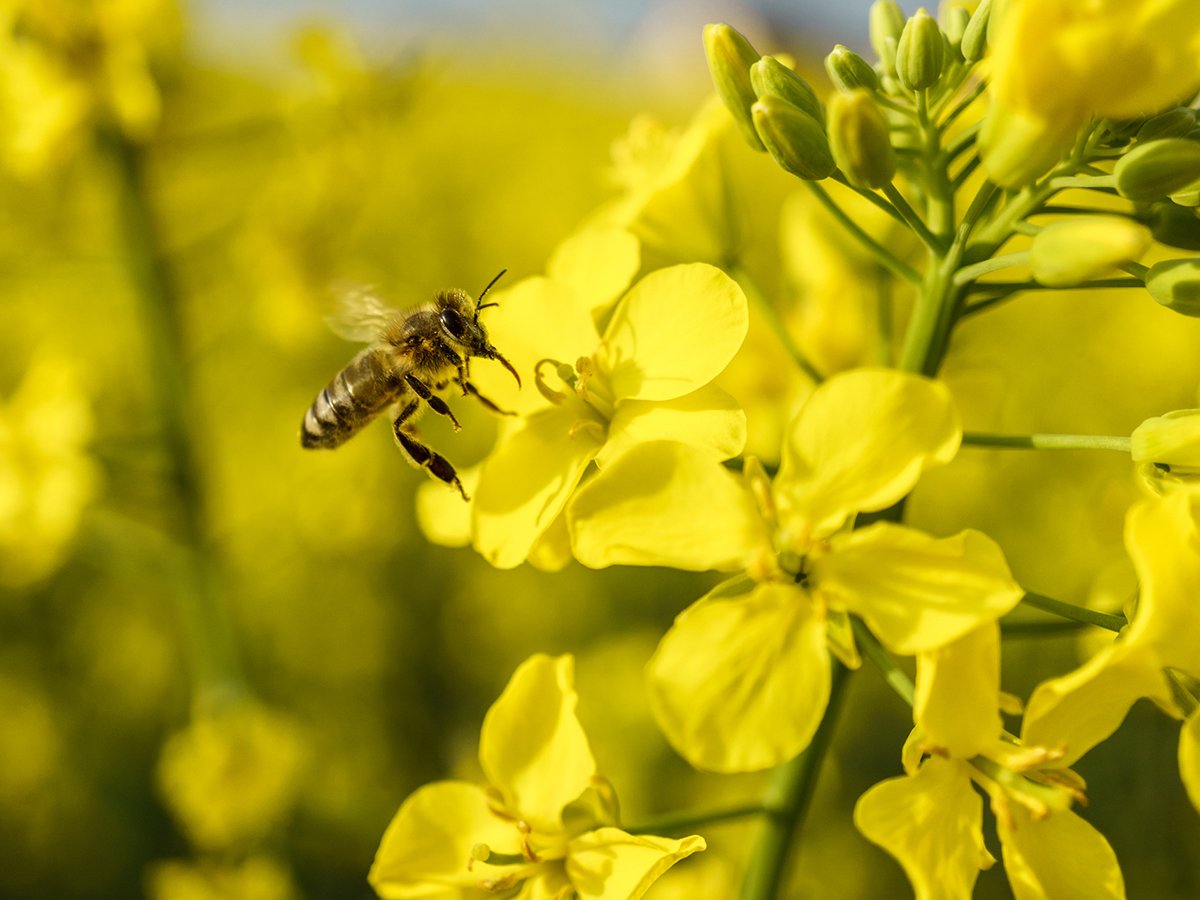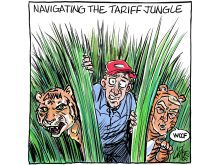HOW much energy are we willing to expend and how much distraction are we prepared to tolerate before getting down to the real business of improving farm income?
Quite a lot, it appears. Too much. Look at some evidence.
Last week, various farm groups and politicians took issue with a communications firm that offered to write letters on behalf of organizations that support ending the Canadian Wheat Board monopoly. Once the Conservative government confirmed that it had played no role in the affair, the matter should have dissolved.
Read Also

Invigor Gold variety viewed as threat to condiment mustard
Invigor Gold, the canola-quality mustard developed by BASF, is on a collision course with Canada’s condiment mustard industry. It’s difficult to see how the two can co-exist.
Instead, the head of the communications firm has been called before the House of Commons standing committee on agriculture to explain her offer and acquaint committee members with the standard practices of public relations.
The result? Wasted time and a convenient distraction from the business of making policy to support agriculture.
Other evidence? Consider the saga of the Canadian Agricultural Income Stabilization program, and the prolonged debate over whether it should be scrapped, revised or transformed from a sow’s ear into a silk purse.
The result? Wasted effort to modify the logistics of a farm safety net made necessary by widespread failure to concentrate on the real business of improving farm income.
Even during the most recent federal election, think how much energy and angst were expended on gun control and same sex marriage. It drew rural voting attentions away from the business of electing a government with a well developed plan to improve the agricultural economy.
Speaking of distractions, we should question why the Conservative government has chosen the deconstruction of the CWB as its major agricultural initiative, instead of the over arching matter of improving farm economics. Though the party might argue that such a change would increase incomes for western Canadian grain producers, it has presented little evidence to support that view.
Government is only part of the picture, of course. But while it and all other players in the agricultural industry are sidetracked with battles over the wheat board, CAIS and other symptomatic problems, they are losing the war.
If the industry were to instead focus on the big picture of increasing value-added ventures, creating a climate for sustainable, profitable agriculture and implementing other initiatives to improve farm income, a cogent battle plan could be formed. With a clear direction, it would be easier to get support for real change.
But a clear, articulated goal for the future of Canadian agriculture remains the stuff of dreams.
Could the agricultural industry ever resist distractions long enough to develop such a plan? And could the government foster that process and have the courage to act upon recommendations?














